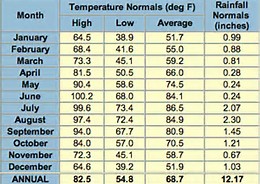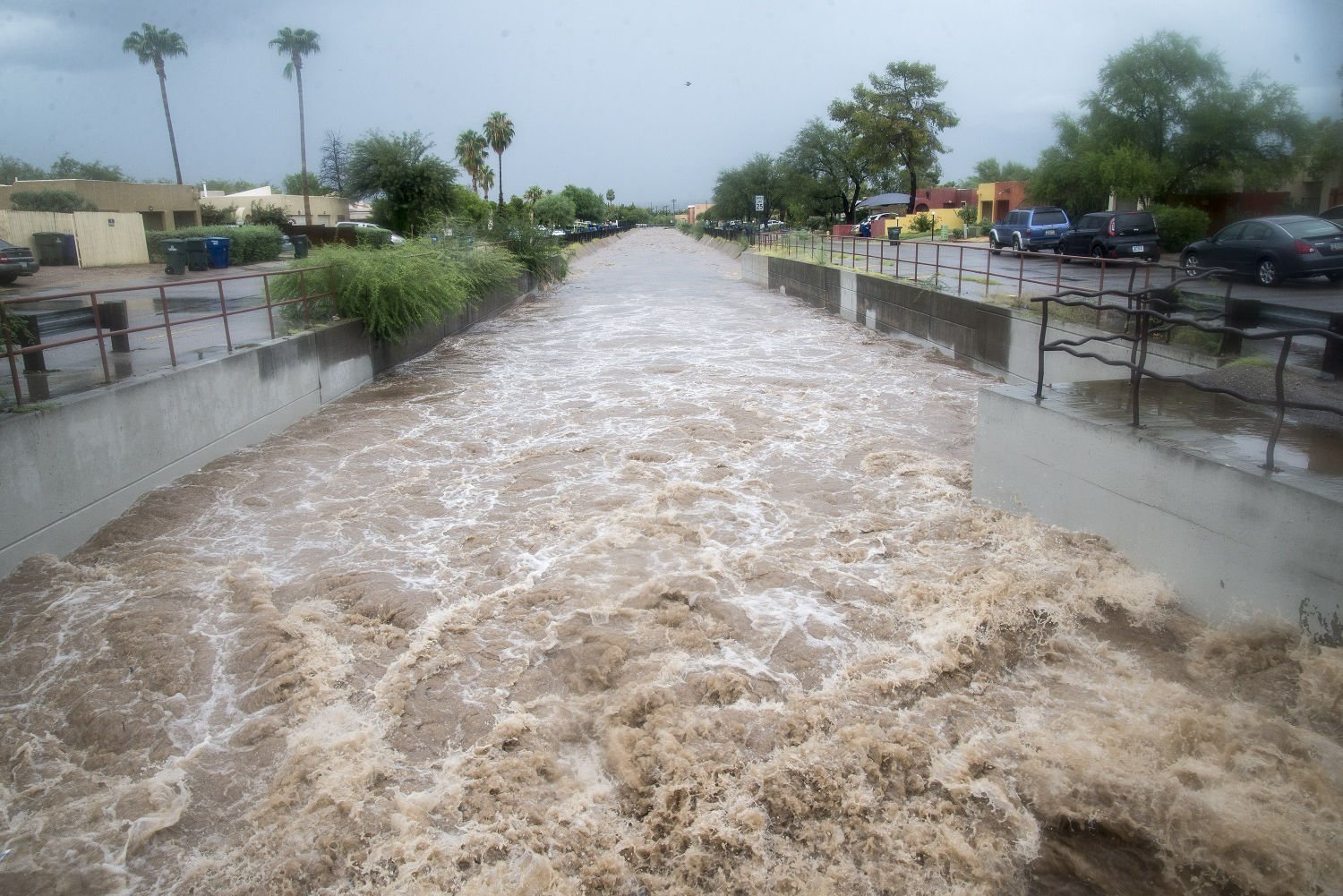
The annual BestPlaces Comfort Index for Tucson is 7.5 (10=best), which means it is about average compared to other places in Arizona. Summer High: the July high is around 100 degrees Winter Low: the January low is 39 Rain: averages 12 inches of rain a year Snow: averages 0 inches of snow a year BESTPLACES COMFORT INDEX of power machinery has just been completed at Tucson, Arizona, to furnish. In order for precipitation to be counted you have to get at least. The ignition being automatic, the temperature of the cylinder requires to. Monthly Weather Forecast in Tucson, Arizona, United States for September, October 2023.


Precipitation is rain, snow, sleet, or hail that falls to the ground. Tucson gets some kind of precipitation, on average, 52 days per year. On average, there are 286 sunny days per year in Tucson. The US average is 28 inches of snow per year. Tucson averages 0 inches of snow per year. The US average is 38 inches of rain per year. Tucson, Arizona gets 12 inches of rain, on average, per year. Despite this, Tucson remains an attractive destination due to its natural beauty, cultural diversity and vibrant atmosphere. All-time record high temperatures for Tucson (1895-2011) Kori Rumore. These conditions make for some of the most extreme temperature swings found in any city in the United States. Tucson experiences very low humidity throughout the year and rainfall is scarce, averaging only 12 inches annually. Hourly values are derived from the normal record in general. During the summer months the temperature can reach up to 110 degrees Fahrenheit, while the winter can dip down into the 40s. The T ( temperature ) traces should be disregarded. experiences extreme temperatures on land, warm ocean waters are helping to breed storms in the tropics.Tucson, AZ has a subtropical desert climate with hot summers and mild winters. Major cities recording one of their top five hottest summers included Dallas, Austin, Texas, Tampa, Seattle, Minneapolis, Tucson, Arizona and Albuquerque, New Mexico.Īs the U.S. Weather Underground provides local & long-range weather forecasts, weatherreports, maps & tropical weather conditions for the Tucson area. The states with the most cities recording their hottest-ever summer are Texas, at nine Florida, with five Louisiana, with four and Alaska, at three, Mobile, Alabama and San Juan, Puerto Rico also saw their hottest-ever summers. Record hot summers were recorded in major cities from like from Miami, New Orleans, Houston and Phoenix, which also experienced its driest summer on record, with just. More than two dozen locations across America saw their hottest summer on record in 2023, according to records for June, July and August. Other cities like Detroit Chicago Minneapolis Philadelphia Richmond, Virginia and Lubbock, Texas, will likely reach near record-breaking high temperatures over the coming days. The highest temperature the nation's capital has experienced so far this year is 97 degrees. Washington, D.C., is expected to reach near-record temperatures in the coming days and could reach up to 100 degrees on Monday, Tuesday and Wednesday. Is there often a short afternoon downpour like in the tropics, you. There are several sites with long term forecasts and climate information. Weather Maps Weather Cams Monsoon 2023 TEPs Clean Energy Report TEP Solar Dashboard.

Normal High: 64° F : Record High: 82° F in 1933: Normal Low: 40° F: Record Low: 21° F in 1903: Normal rainfall: 0.03' Record Rainfall: 0.71' in 1944: Normal period: 1991-2020: Record Snowfall: 4. Things like humidity, wind, and rain do not show up in the temperature graph but can have a great impact on your wardrobe. Christmas Day weather for Tucson Arizona: Overall records for Christmas Day. This will be a significant change for metropolitan areas like New York City, which has only experienced stretches in the 90s for three consecutive days this year, none of which have occurred in the past month. Consider the Weather: Always look at the type of weather in Tucson (Arizona). Overnight lows in January and February are. The Northeast will see its first true heat wave of the year, with high temperatures in the 90s from Sunday through Thursday. During the fall, winter and spring months, daytime temperatures are mild with highs between 50 and 70 degrees.

Regions from the Great Plains to the Great Lakes and the Northeast will experience record heat starting Sunday and will last for the next several days. The last holiday weekend of the summer will bring scorching temperatures to a large portion of the U.S.


 0 kommentar(er)
0 kommentar(er)
